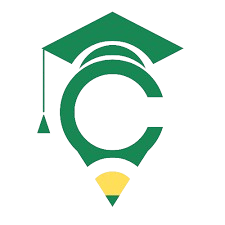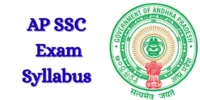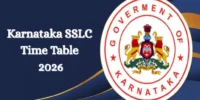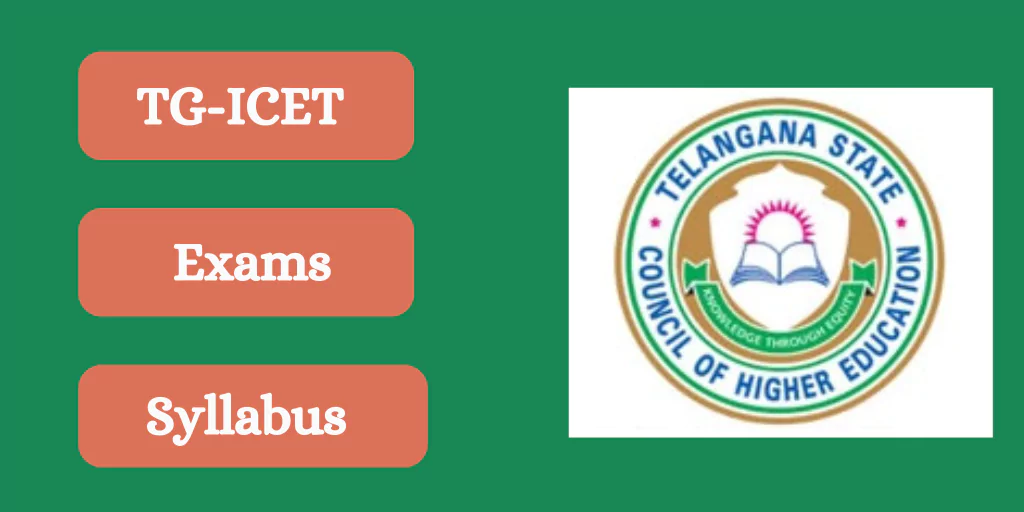As you prepare for the Class 10 (SSLC) exams, understanding the Karnataka SSLC Syllabus 2025-26 is essential. Knowing the updated syllabus, exam pattern, and preparation structure helps you plan better. The 2025-26 syllabus, now released (or expected soon), clearly outlines the chapter-wise weightage, subject structure, and overall exam format.
Why does the syllabus matter?
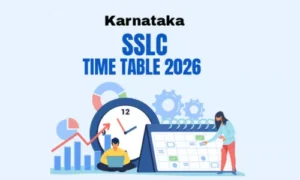
- With a defined syllabus, you know which topics are important and can plan your study time accordingly.
- The syllabus provides the grading method to help you prioritise high-weight topics.
- Completing the curriculum at least 1-2 months before the exam allows you to revise, practice, and reduce stress.
Key facts at a glance
- The exam for Class 10 is scheduled for 18 March 2026 (to begin) according to the article.
- Each paper will be 3 hours long, including 15 minutes of reading time.
- The pattern: Many papers are of 100 marks — typically 80 marks for theory + 20 marks for internal assessment.
- For example: Maths: 80 + 20, Science: 80 + 20, Social Science: 80 + 20.
Subject-Based Overview of Syllabus and Marks

Here’s a brief overview of how the curriculum is organised by subject, as well as some significant chapter weightages from prior years to assist you in focusing. Please keep in mind that the official 2025-26 syllabus may not yet be finalised.
Science
Science involves theory, practice, and a variety of themes that require conceptual clarity. The following are sample chapter-wise marks (based on previous data):
Chapter – Marks
Electricity – 7
Light Reflection & Refraction – 7
Acids, Bases & Salts – 6
Metals & Non-metals – 6
Life Processes – 6
Total – 80 Marks (Theory)
What this means to you:
- Concentrate more on chapters with high marks, such as Electricity and Light.
- Ensure that your basics are strong (e.g., acids and bases, metals), as these are equally important.
- Use previous years’ weightage as a guide, but also use the announced official syllabus when available.
Mathematics
Mathematics is practice‐heavy: lots of solving problems, formulas, and logical thinking. Sample chapter‐wise marks:
Chapter – Marks
Triangles – 8
Pair of Linear Equations in Two Variables – 8
Surface Areas & Volumes – 7
Statistics – 6
Quadratic Equations – 6
Polynomials – 6
Total – 80 Marks (Theory)
Preparation Tips:

- Give additional time to chapters with higher scores (such as Triangles and Linear Equations).
- Regular practice includes problem solving, previous year questions, and timed tests.
- Maintain formula sheets and continue to check for errors to improve.
Social Science
Social Science covers multiple sub-subjects: History, Geography, Political Science, Sociology, Economics, Business Studies, etc. Here are major topics listed (sample list):
- History: The advent of Europeans to India, the Extension of British Rule, the Freedom Struggle, etc.
- Geography: India’s Geographical Position, Seasons, Forest Resources, Minerals, Natural Disasters, etc.
- Economics: Economy & Government, Rural Development, Public Finance & Budget.
- Business Studies: Bank Transactions; Entrepreneurship; Consumer Education & Protection.
Strategy for Social Science:
- Write brief descriptions of each chapter because Social Science has a lot of content-heavy chapters.
- For history, use timelines; for geography, use maps and diagrams; for business and economics, use definitions and flowcharts.
- Treat every chapter equally, but give those with a high idea load more revision because the weight of the various subtopics may differ.
English (and other languages)
- English is a compulsory subject and tests reading, writing, analytical and creative skills. Sample topics:
- Reading Comprehension; Punctuation; Nouns; Articles; Adjectives; Verbs; Prepositions; Conjunctions; Tenses; Sentence Transformations; Vocabulary; Writing.
How to Arrange Your Study Schedule

Use a schedule and a well-organised plan to ensure that your preparation is successful:
- Obtain the PDF syllabus: When it becomes available, download the official curriculum for 2025–2026.
- Dissect it: According to the syllabus, divide each subject into chapters.
- Set aside time: For instance, if your exam is in March 2026, try to complete the syllabus by January or early February to give yourself a month or two to review.
- Create a schedule: Set aside time each week for each topic, alternating between regular practice and theory (particularly in math and science).
- Revision and mock exams: After finishing the course, dedicate the majority of your time to revising, working through sample and question papers, recognising your weaknesses, and making improvements.
- Final review: Concentrate on high-weight chapters, definitions and formulas, revision notes, and time management techniques during the final two to three weeks before tests.
Exam Pattern Highlights
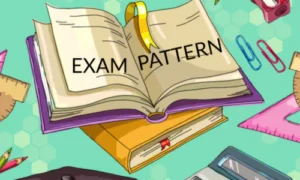
According to the article:
- Each paper duration: 3 hours; includes 15 minutes for reading the paper.
- Marks distribution for most papers: 80 marks (theory) + 20 marks (internal assessment) = 100 marks. For language papers, there might be slight variations (e.g., second/third language papers having 80+20 for internal).
- For example: Language Paper II – 80 + 20; Maths – 80 + 20; Science – 80 + 20.
This means:
- Internal (20 marks) are important — don’t ignore class tests, assignments, etc.
- Time management in the 3-hour exam is critical: allocate time to read, attempt high-weight/numerical problems, and revise answers.
Tips to Score Better in SSLC 2025-26
Here are practical tips to give you an edge:
- Start early: The sooner you begin, the less pressure you’ll face closer to exams.
- Focus on high‐weight topics: Prioritise chapters like Triangles (Maths), Electricity (Science), etc.
- Regular mock tests: Simulate exam conditions to build speed and accuracy.
- Error logbook: Maintain a notebook of mistakes—review frequently to avoid repetition.
- Revision is key: Completion of the syllabus alone isn’t enough; revision consolidates your understanding.
- Balance theory & practice: For Maths & Science especially, practising numerical problems is as important as reading theory.
- Take care of yourself: Sleep, nutrition, breaks—all are vital to maintain mental and physical energy.
Conclusion
Preparing for the SSLC exams under KSEAB for the 2025-26 session does not have to be difficult if you approach it carefully. You can gain confidence and aim for high achievement by knowing the material, allocating your time wisely, and revising consistently.
